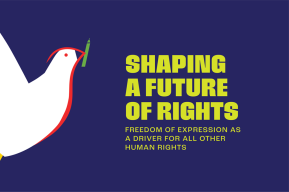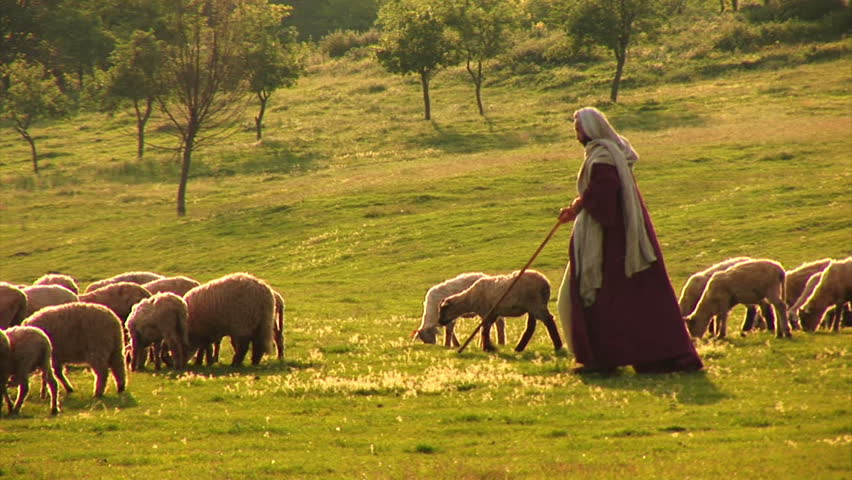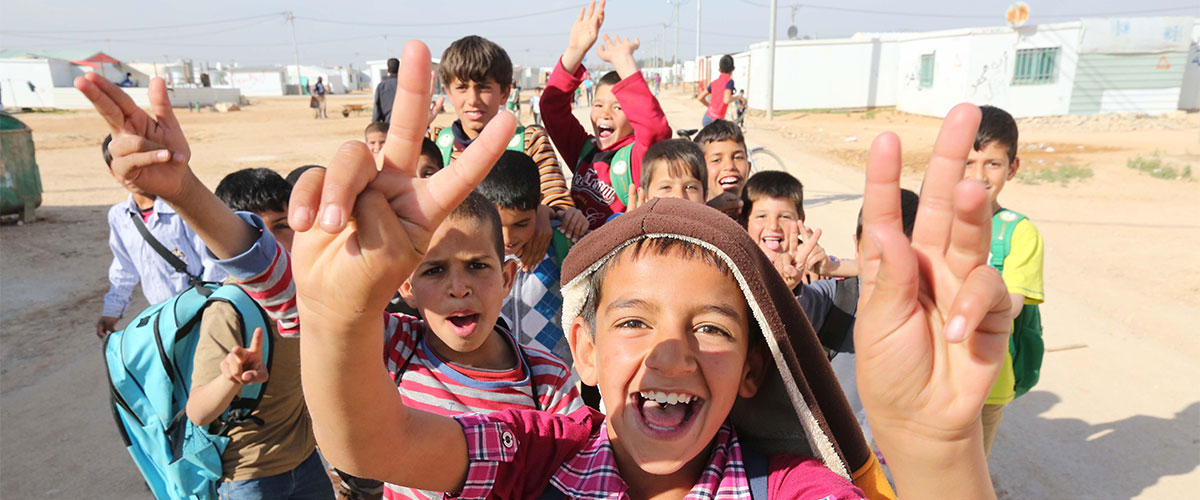Shaping a Future of Rights: Freedom of expression as a driver for all other human rights
2023 year marks the 30th anniversary of World Press Freedom Day. Three decades have passed since it was proclaimed in 1993, in which we have seen substantial progress towards achieving a free press and freedom of expression around the world. The proliferation of independent media in many countries and the rise of digital technologies have enabled the free flow of information. However, media freedom, safety of journalists and freedom of expression are increasingly under attack, which impacts the fulfillment of other human rights.
The international community faces multiple crises: conflicts and violence, persistent socio-economic inequalities driving migration, environmental crises and challenges to the health and wellbeing of people all around the world. At the same time, disinformation and misinformation online and offline proliferate, with serious impact on the institutions underpinning democracy, the rule of law and human rights.
It is exactly to counter these critical situations and threats, that press freedom, safety of journalists and access to information take centre stage. The right to freedom of expression, enshrined in Article 19 of the Universal Declaration of Human Rights, is a prerequisite and a driver to the enjoyment of all other human rights. This year’s Special 30th anniversary celebration of World Press Freedom Day is, therefore, a call to recentre press freedom, as well as independent, pluralistic and diverse media, as key to the enjoyment of all other human rights.






 It is the story of a pilot going home for Christmas and, suddenly, his aircraft suffers a complete electrical failure en route. Lost in fog and with little fuel left, he fears the worse. Literally out of the blue and absolutely unexpected. he is met and led (or shepherded) by another pilot who has apparently been sent up to guide him and bring him to land safely.
It is the story of a pilot going home for Christmas and, suddenly, his aircraft suffers a complete electrical failure en route. Lost in fog and with little fuel left, he fears the worse. Literally out of the blue and absolutely unexpected. he is met and led (or shepherded) by another pilot who has apparently been sent up to guide him and bring him to land safely.

 The United Nations’ International Day for Mine Awareness and Assistance in Mine Action is observed on April 4 each year. This day aims to raise awareness about landmines and progress toward their eradication.
The United Nations’ International Day for Mine Awareness and Assistance in Mine Action is observed on April 4 each year. This day aims to raise awareness about landmines and progress toward their eradication. The United Nations’ (UN) World Meteorological Day is annually held on or around March 23 to remember the World xMeteorological Organization’s establishment on that date in 1950. Many different activities and events are organized for this occasion.
The United Nations’ (UN) World Meteorological Day is annually held on or around March 23 to remember the World xMeteorological Organization’s establishment on that date in 1950. Many different activities and events are organized for this occasion. For brevity’s sake I shall use the expression ‘rays’; and to distinguish them from others of this name I shall call them ‘X-rays’.
For brevity’s sake I shall use the expression ‘rays’; and to distinguish them from others of this name I shall call them ‘X-rays’. The theme honours the spirit of
The theme honours the spirit of  Let’s celebrate First Day Initiatives all around the World !
Let’s celebrate First Day Initiatives all around the World !